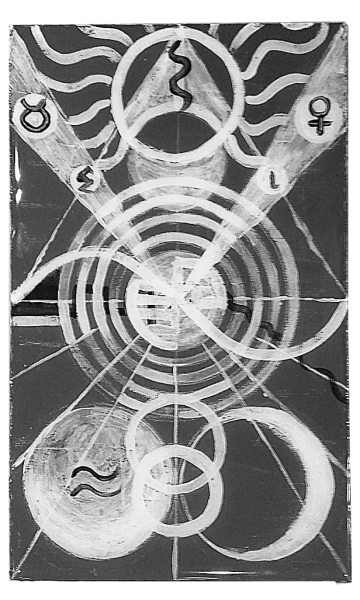
As a child with an interest in artistic things and the impulse to develop the skills to create art, the question of “What is Art?” was a curiosity of mine. It baffled me why certain artists were recognized and so many others were cast aside eventually to be forgotten. The first significant argument to address this question occurred when I was 10 years of age. “Picasso paints like a child! What makes his art so important and valuable?” The responses would range but mostly end with the following response: “One must learn to appreciate art”. However, learning to appreciate art is more than academics and exposure. This is because the observer is more than just an encyclopedia of tautology and a living memory of their personal experience in life. To appreciate art, they must form a comprehension of the uniqueness of their experience, they have to build an aesthetic. Which means they have to keep questioning themselves: What do I value? Are those values truly my own? Who shares these values?
This is what artists do in every process of their creations. What I realized is that the value of my artistic abilities and my understanding of aesthetics always has value if I align it with a specific intent and the values of the community in which the artifact is to be presented. One way I practiced this was to paint a card as a gift to celebrate the birthday of a friend. It was a symbol for my appreciation of them being in my life. However, the expression of these ideas, as you have just read, mainly manifested itself in these kinds of actions in my past. My true understanding and comprehension of what I was doing only came about from my experience working for M•CAM learning about intangible asset finance, intellectual property, patents, the Global Innovation Commons, the Heritable Innovation Trust and Integral Accounting. It was through learning the Integral Accounting framework that I found a pathway to express it.
In working with the principle concept of Integral Accounting, we start by viewing our universe through the lens of abundance and then we look for all the abundance we steward. The Metamoney Artifact RVU is the symbol of a new cognition and way to manifest the value one can bring to each transaction. The reason that the Metamoney Artifact is being transacted through the Heritable Innovation Trust is best understood through my answer to the initial argument that started my journey. Picasso said, “Good artists copy, great artists steal!” Which I interpret as his understanding that fundamentally good and great artists create from a place that was never their own.


